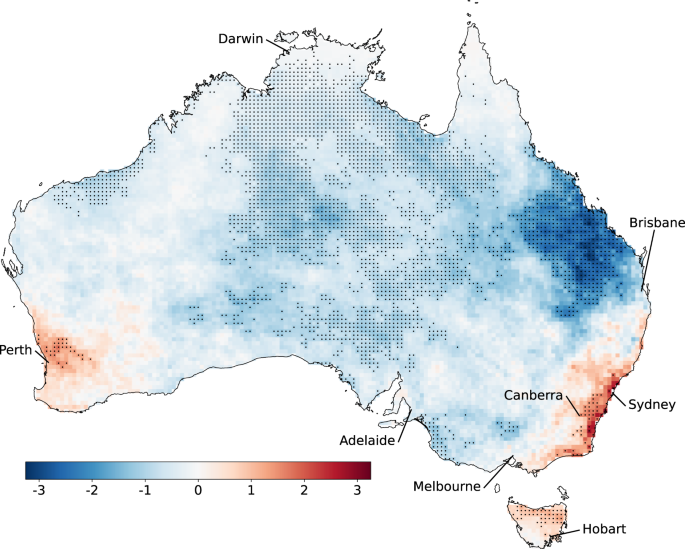2023-10-11 プリンストン大学
◆新しい手法は、量子コンピュータのエラーが発生しないようにすることに焦点を当てる代わりに、エラーを特定し、修正することに注力しています。この手法は物質ベースのキュービットに適用され、エラーコレクションの計算コストを大幅に削減できる可能性があります。他の研究グループもこの新しいエラー検出アーキテクチャを採用し、大規模な量子コンピューティングの進展に貢献することが期待されています。
<関連情報>
- https://engineering.princeton.edu/news/2023/10/11/illuminating-errors-creates-new-paradigm-quantum-computing
- https://www.nature.com/articles/s41586-023-06438-1
原子量子ビットにおける高忠実度ゲートと回路途中の消去変換 High-fidelity gates and mid-circuit erasure conversion in an atomic qubit
Shuo Ma,Genyue Liu,Pai Peng,Bichen Zhang,Sven Jandura,Jahan Claes,Alex P. Burgers,Guido Pupillo,Shruti Puri & Jeff D. Thompson
Nature Published:11 October 2023
DOI:https://doi.org/10.1038/s41586-023-06438-1

Abstract
The development of scalable, high-fidelity qubits is a key challenge in quantum information science. Neutral atom qubits have progressed rapidly in recent years, demonstrating programmable processors1,2 and quantum simulators with scaling to hundreds of atoms3,4. Exploring new atomic species, such as alkaline earth atoms5,6,7, or combining multiple species8 can provide new paths to improving coherence, control and scalability. For example, for eventual application in quantum error correction, it is advantageous to realize qubits with structured error models, such as biased Pauli errors9 or conversion of errors into detectable erasures10. Here we demonstrate a new neutral atom qubit using the nuclear spin of a long-lived metastable state in 171Yb. The long coherence time and fast excitation to the Rydberg state allow one- and two-qubit gates with fidelities of 0.9990(1) and 0.980(1), respectively. Importantly, a large fraction of all gate errors result in decays out of the qubit subspace to the ground state. By performing fast, mid-circuit detection of these errors, we convert them into erasure errors; during detection, the induced error probability on qubits remaining in the computational space is less than 10−5. This work establishes metastable 171Yb as a promising platform for realizing fault-tolerant quantum computing.



